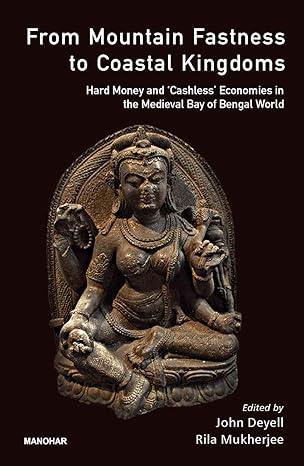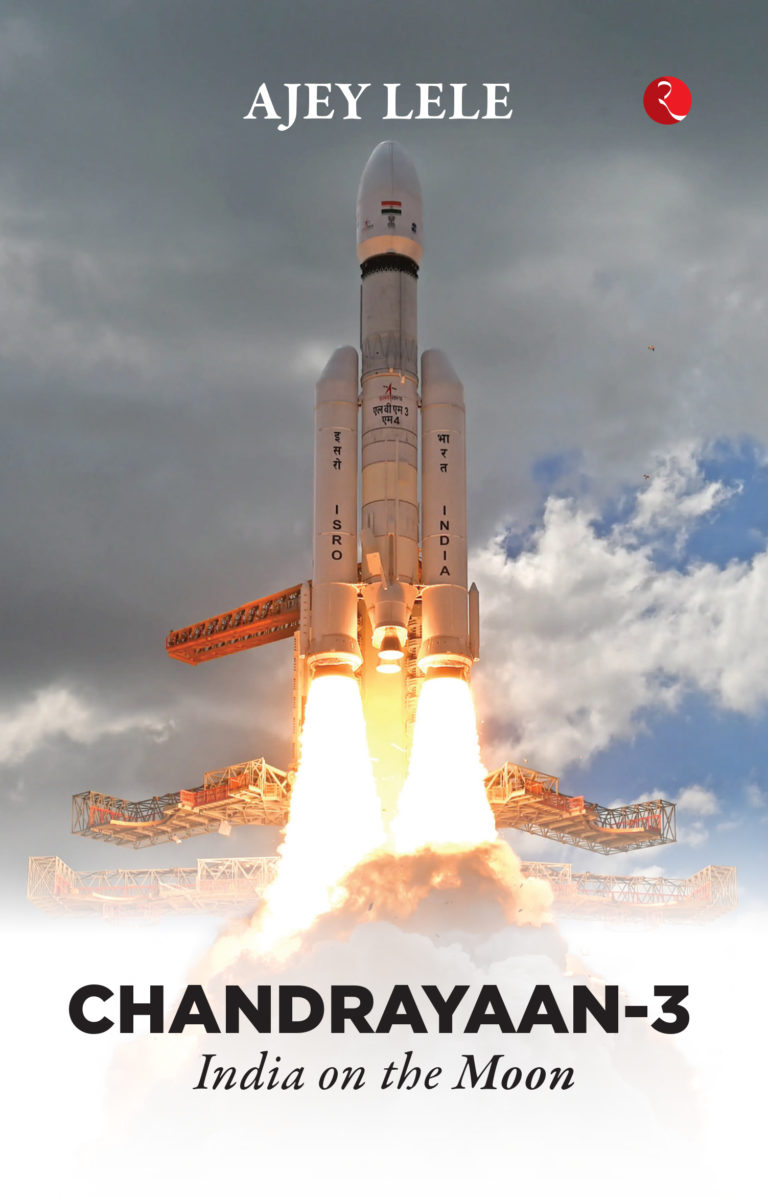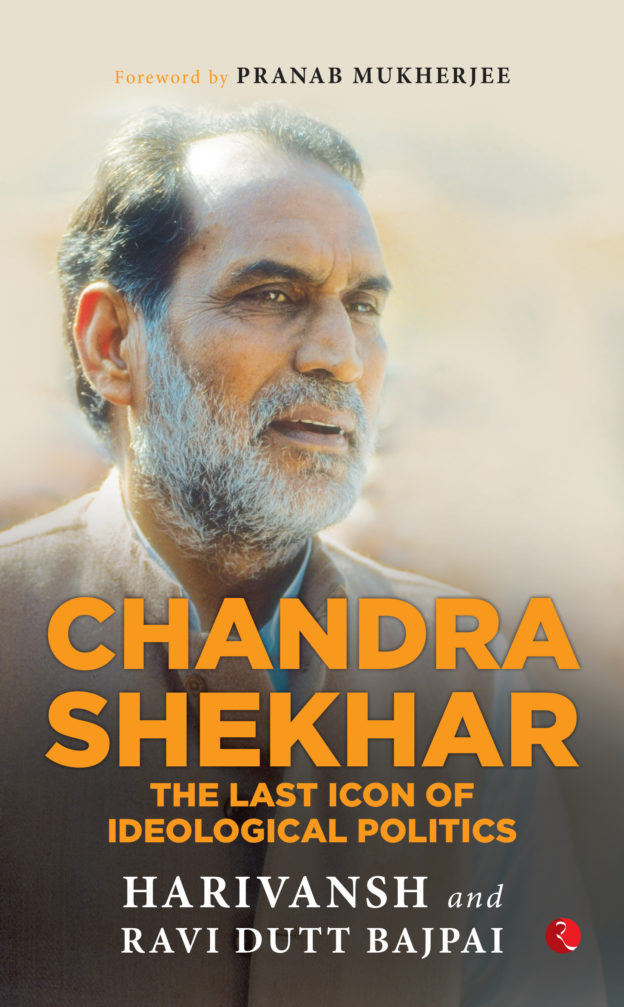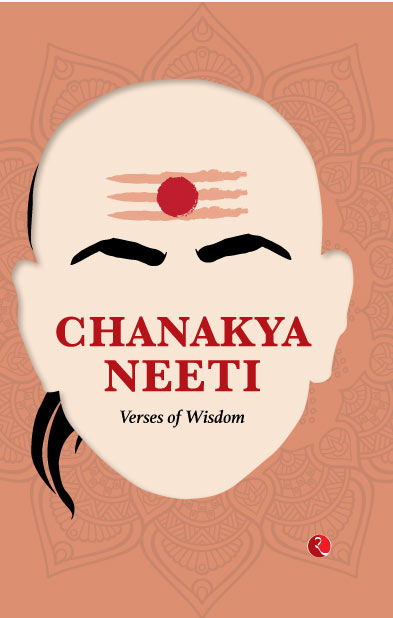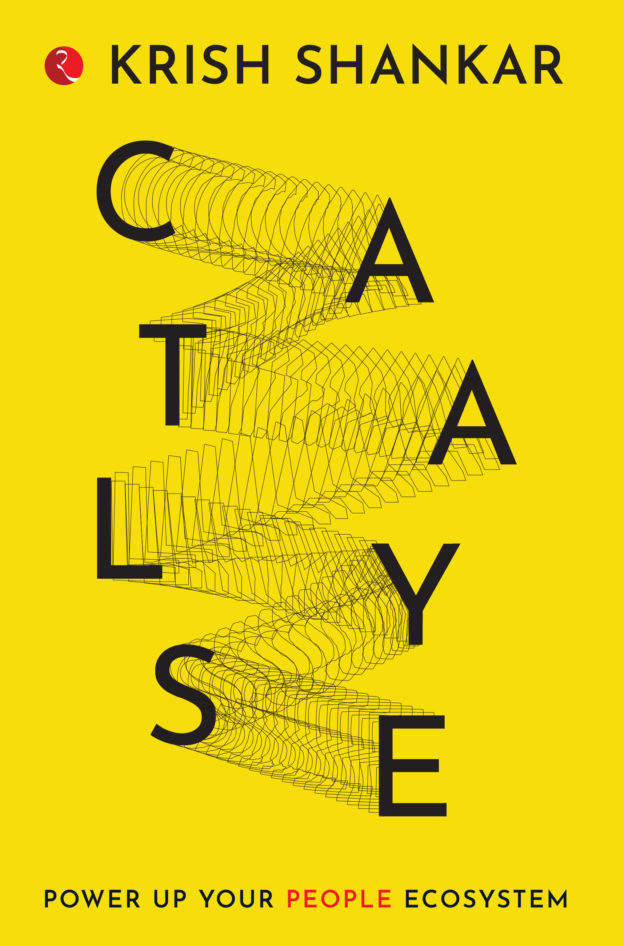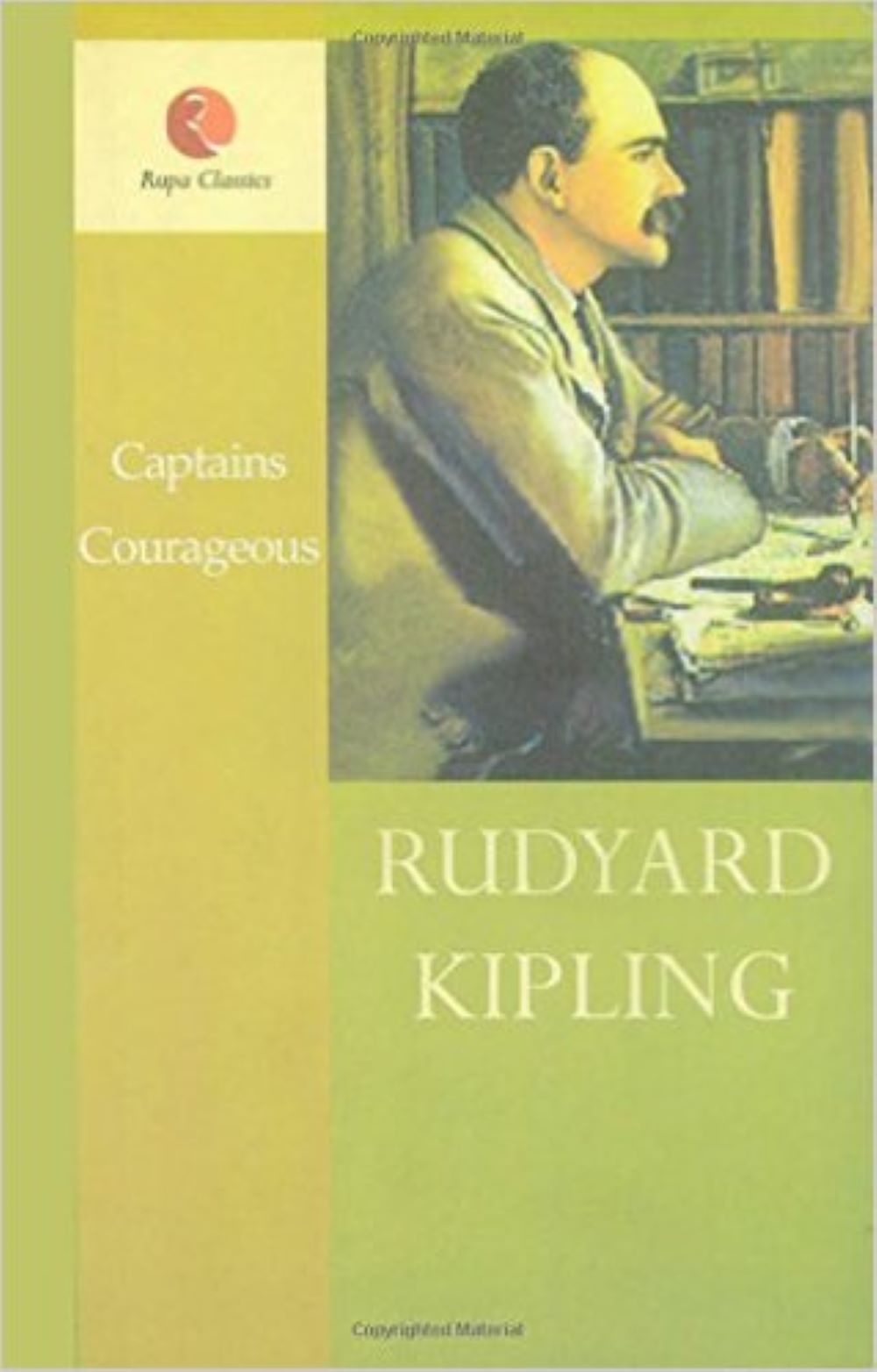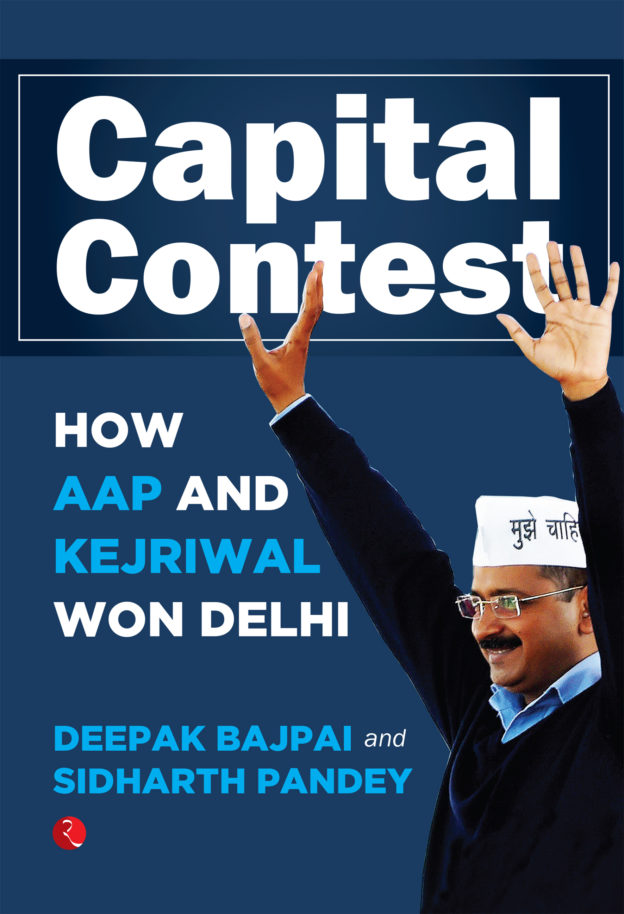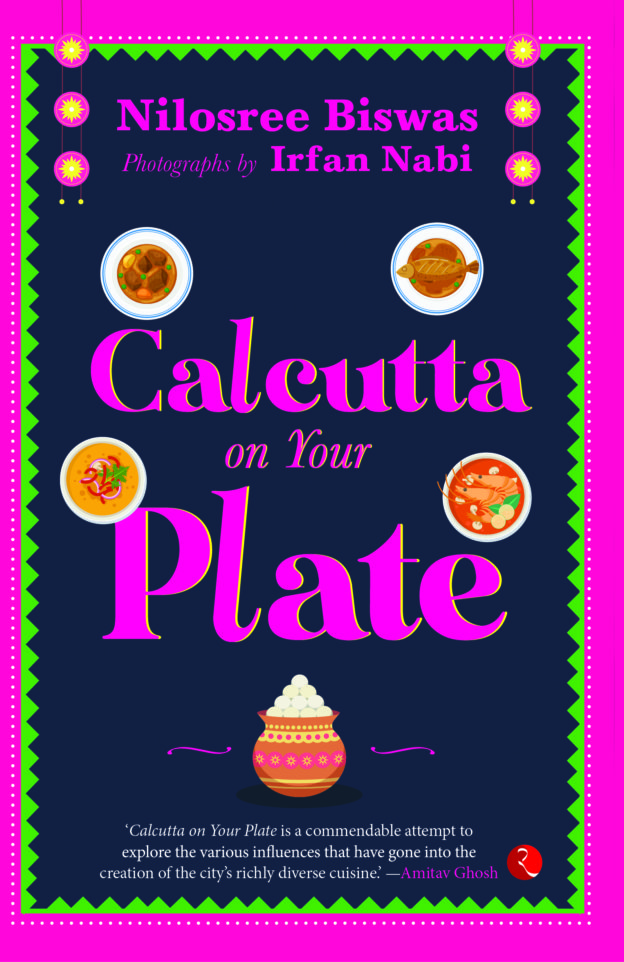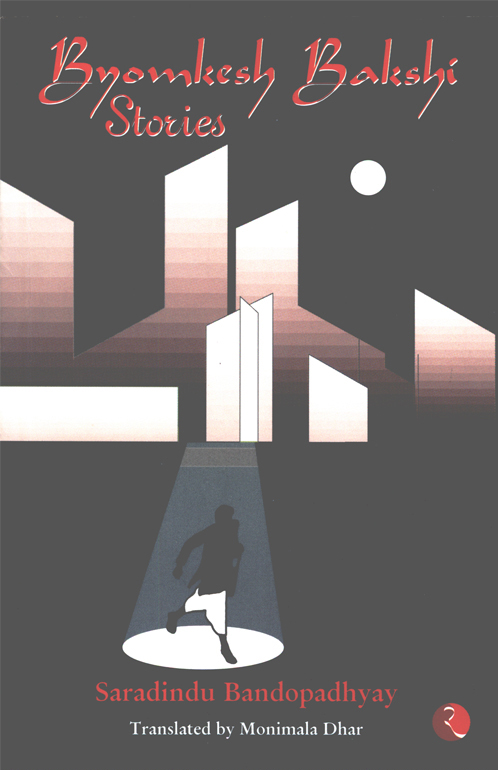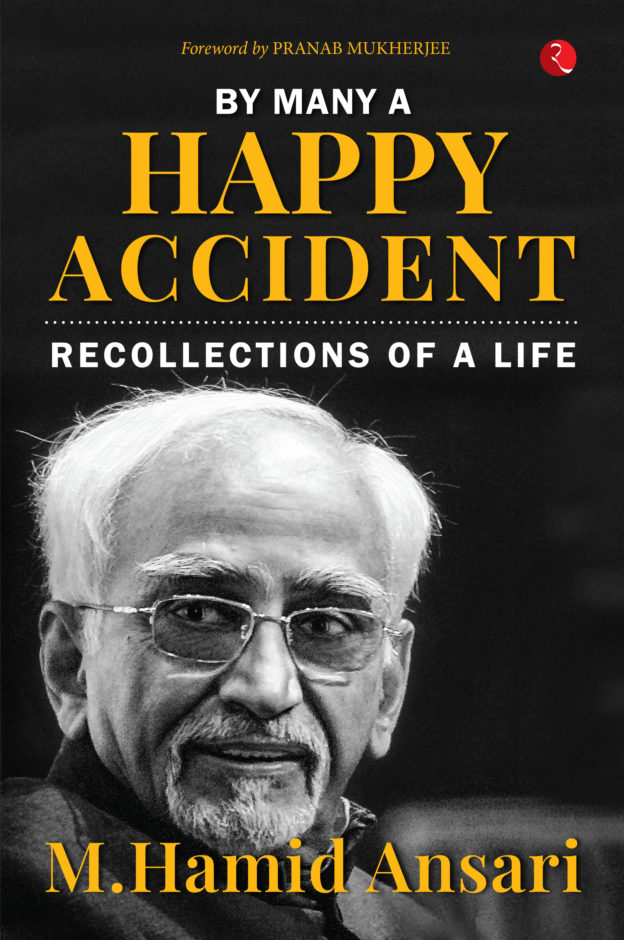From Mountain Fastness to Coastal Kingdoms: Hard Money and 'Cashless' Economics in The Medieval Bay of Bengal World
no information available
Money is central to the functioning of economies yet for the pre-modern period our knowledge of monetary systems is still evolving. Until recently historians of the medieval world have conflated the use of coins with a high degree of monetization. States without coinage were considered under-monetized. It is becoming more evident however that some medieval states used money in complex ways without using coinage. Moneys of account supplanted coins wholly or in part. But there is an imbalance of evidence: coins survive physically while intangible forms of money leave little trace. This has skewed our understanding. Since coin usage has been well studied in the past these essays flesh out our consideration of societies that used money but struck no coins. Absence or shortage of coining metals was not the causative factor: some of these societies had access to metal supplies but still remained coinless. Was this a strategic choice? Does it reflect the unique system of governance that developed in each kingdom? It is surely time to unravel this puzzle. This book examines money use in the Bay of Bengal world using the case of medieval Bengal as a fulcrum. Situated between mountains and the sea this region had simultaneous access to both overland and maritime trade routes. How did such ‘cashless’ economies function internally within their regions and in the broader Indian Ocean context? This volume brings together the thoughts of a range of upcoming scholars (and a sprinkling of their elders) on these and related issues.
... Read more Read less
